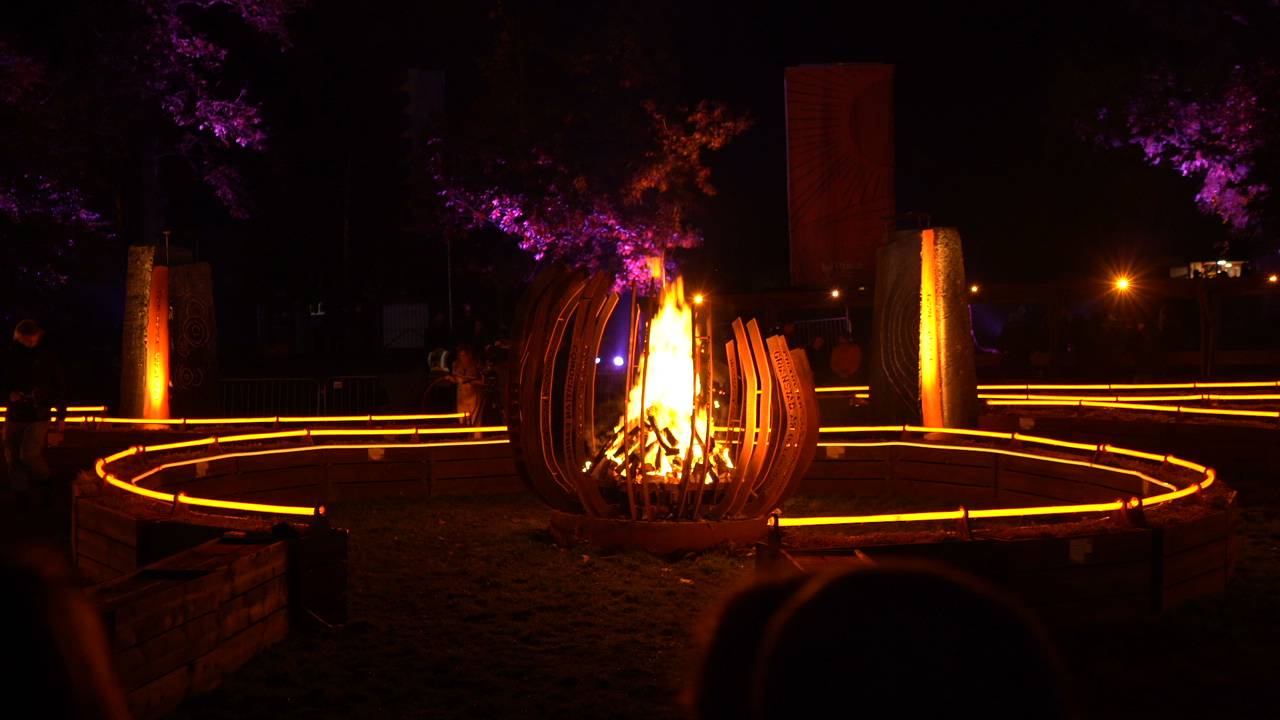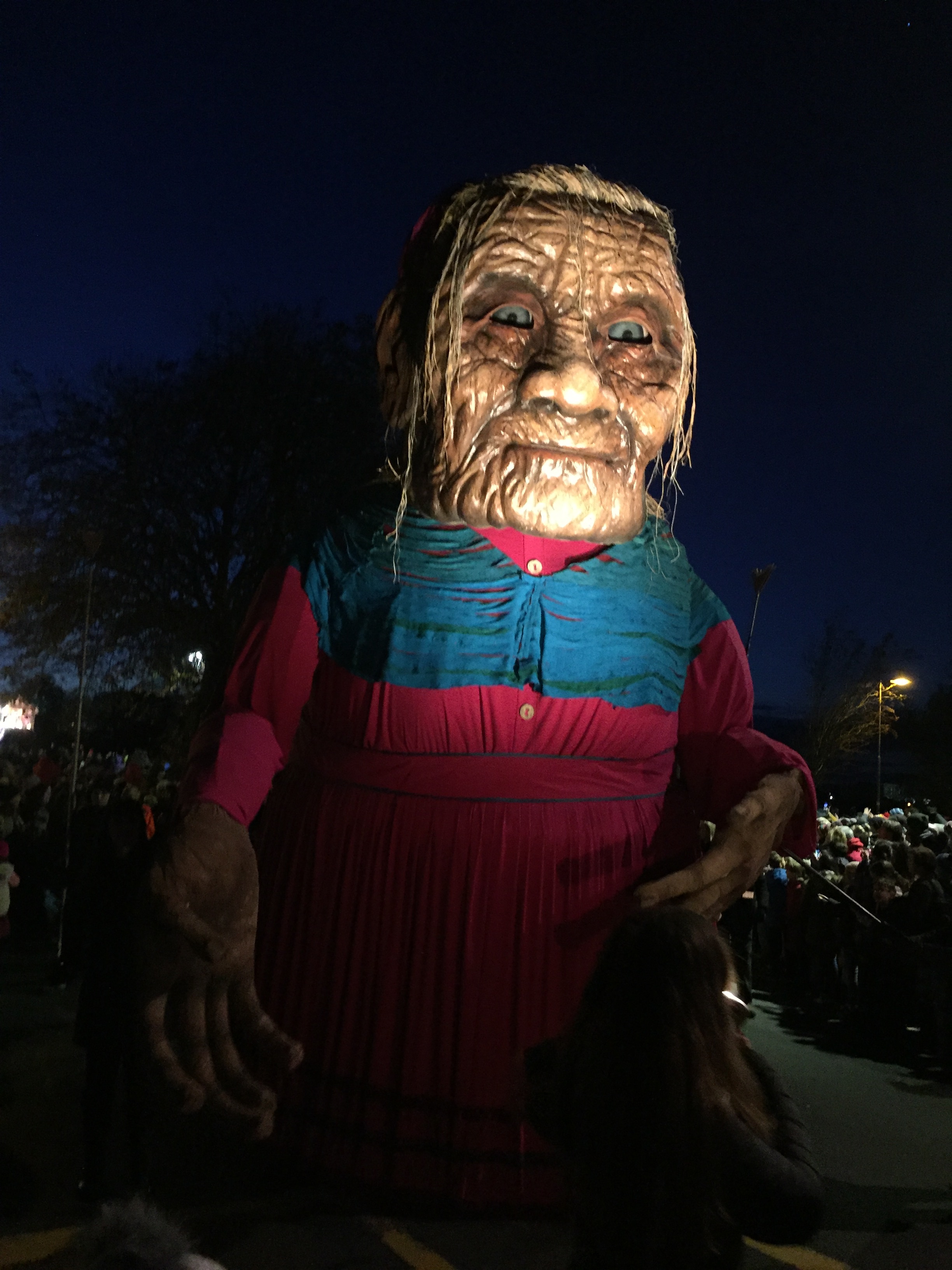The Home of Halloween Traditions
As the long, dark nights roll in swiftly like the mist that appears on the autumnal Irish landscape, it’s easy to imagine how the shadows cast by firelight in the ancient Celtic countryside originally ignited the spark of Halloween over two thousand years ago. Halloween's origins are deeply rooted in Ireland, with traditions and customs that date back millennia to ancient Celtic practices. Originally known as the festival of Samhain, it was the day that marked the end of the harvest season and the dawn of winter.
If you’re in any doubt about Halloween’s Irish origins, we’ve enlisted the help of experts to explore eight enduring Halloween customs and traditions and how they may have changed and evolved. According to Dr Kelly Fitzgerald, Head of the School of Irish, Celtic Studies and Folklore at University College Dublin, there are “layers here in Ireland – it’s not a flat history, each group of peoples have added their layers to the narrative of what those stories are; whether those be mythological, historical or religious.”

1. Samhain: The original Halloween
According to Dr Kelly Fitzgerald, Head of the School of Irish, Celtic Studies and Folklore at University College Dublin (UCD), Samhain was the most significant festival in the Celtic calendar. It was celebrated on 31 October when the Celts believed the boundary between the living and the dead was at its thinnest, allowing spirits to roam the earth. To ward off any dark forces, colossal bonfires were lit and people wore costumes and masks that concealed their identities made from straw or animal pelts.
2. The Bonfire
Bonfires have always played a crucial role in Samhain festivities dating back to the time of the druids. Local communities gathered around the glow from the colossal flames to protect them from malevolent souls that tried to mingle with the living. In some locations in Ireland, it was customary to extinguish home hearth fires and relight them from the communal bonfire's embers for extra good fortune. Head to the The Púca Festival in Athboy and Trim, County Meath, an important location for Halloween tradition, to see the ceremonial fire which is lit on 31 October to honour our ancestors.
3. Jack-o'-Lanterns and the Ghost Turnip
The tradition of carving Jack-o'-lanterns originated in Ireland, although the Irish used turnips which were plentiful after harvest time instead of pumpkins. Clodagh Doyle, Keeper, Irish Folklife Division, at the National Museum of Ireland in Castlebar, County Mayo, is well versed on the backstory of the blacksmith named Jack, who tricked the Devil. He was condemned to wander Ireland with only a flame inside a hollowed-out turnip to light his way. The infamous Ghost Turnip from around 1900 is on display at the National Museum of Ireland in Castlebar, County Mayo.

4. Harvest games
Blindfold Cabbage picking, apple bobbing and “snap apple” are classic Halloween games with ancient roots. “There was an ample supply of crops; apples and grain—some were preserved as jams while excesses were used in games like apple bobbing,” Clodagh explains. Like many traditions surrounding Samhain, the outcome of these games would reveal a future truth, So, in the case of apple bobbing, the first person to bite the fruit while ducking their head in a basin of water would be the next to marry.
5. Barmbrack and Colcannon: The Fortune-Telling Food,
Barmbrack, or Bairín Breac, is a traditional Irish bread served at Halloween, even today and you’ll see them in the shops at Halloween time. This loaf, sweetened with dried fruit, has prophetic symbols added to the mix before baking. These symbols predict the future of the person who discovers them when they are served a slice. According to Clodagh, these might include a ring which predicts marriage within the year, a coin for riches – or a rag for impending poverty. Be careful which slice you choose! Keep an eye also for colcannon, a blend of mashed potatoes, kale and onions, a dish laced with similar symbols to predict the future.
- Costumes and Trick or Treat
Apart from disguising identities to ward off spirits, the Irish "Wren Boys", who more prominently appeared the day after Christmas, dressed up in costumes and masks. They called from house to house while singing and playing music, reminiscent of modern-day trick-or-treating. To get a flavour of that dressing up tradition call by Bunratty Castle and Folk Park on the last weekend in October. Both trick and treating and dressing up in costumes for parties are common all over the island at Halloween, but a more unusual tradition still exists on the island of Inis Mór, County Galway, where locals mask their identities and remain silent even in the pubs. They write their order for drinks so that the only sound in the haunting hours is the ticking of a clock.
7. The Prince of Darkness.
Although the diabolical Count Dracula didn’t arrive on the global stage until the late 19th century, when Irishman Bram Stoker wrote the Gothic literary masterpiece, the world’s most famous vampire has sunk his teeth into Halloween culture. Stoker’s influences, from Dublin to Sligo, are showcased at the Bram Stoker Festival, which takes place from 25 to 28 October.
8. How Halloween Crossed the Atlantic
In the 19th century, when Irish immigrants brought their Halloween customs to America, some traditions adapted to the local landscape. Instead of turnips, Americans used pumpkins to carve Jack-o'-lanterns because they were readily available in season and much easier to carve. To get a taste of that cross-culture head to Newcastle in County Down for a parade that culminates in fireworks on the beach.
The legacy of Samhain and its ancient Irish traditions linger on in modern-day Halloween. Whether it's the mystical origins of Samhain; bonfires, Jack-o’-Lanterns, old Irish recipes, Trick or Treating or other games, you’ll experience a flavour of old Celtic ways whether you celebrate at home or at its place of origin, in Ireland.

